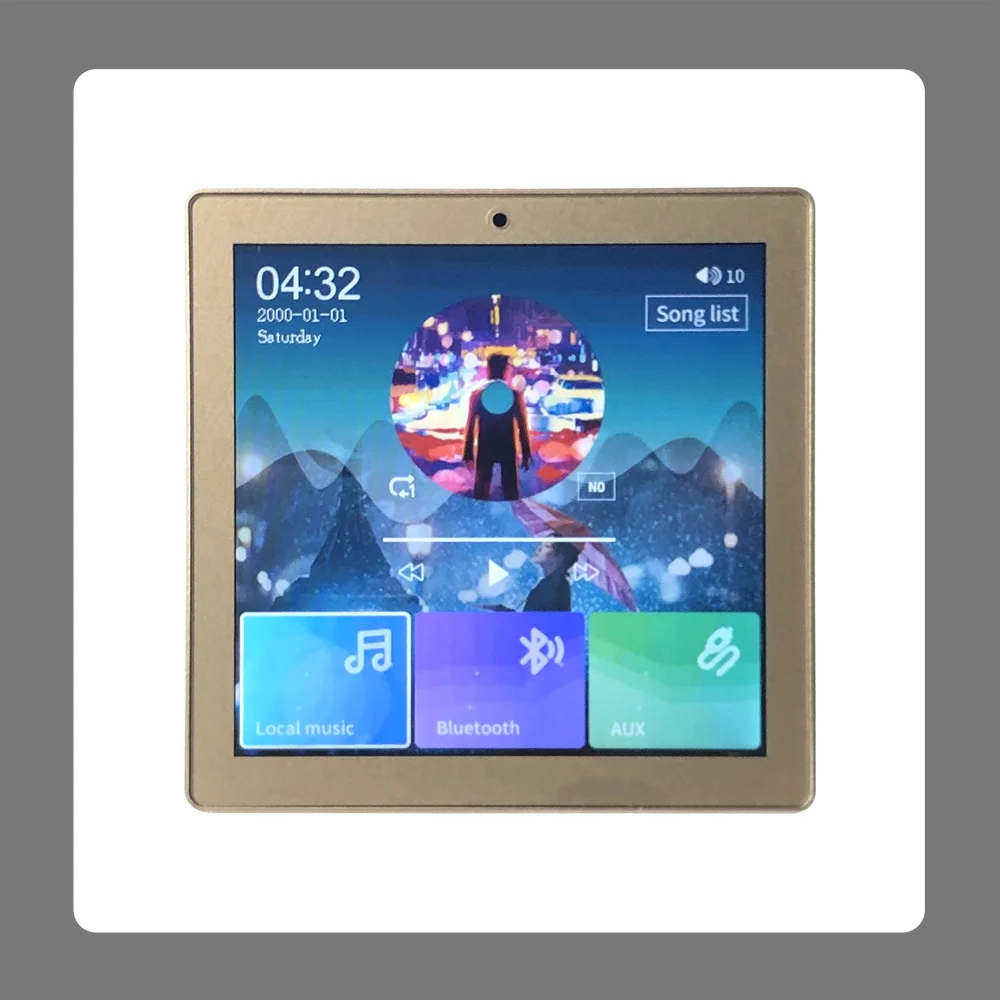

5 mil stylus, but played the special mono records. 7 mil styluses, the background-music systems used a. Although the mono Seeburg jukeboxes used 1 mil styluses and the stereo Seeburgs used. The phonographs used the old Pickering "Red-head" stereo cartridge, introduced on Seeburg jukeboxes in late 1958 for the 1959 model year. The BMS 1000 was so called because it played both sides of 25 records, each side containing 20 songs (hence 1,000 songs). The spindle contains three sets of retractable claws which hold the records in the upper and lower playing positions, and permit one record at a time to be dropped from the upper to the lower playing position.Ī release button in the top of the spindle permits the operator to retract the record-holding claws to remove the record stack. The mechanism causes the lower portion of the spindle to rotate clockwise like an ordinary record player, while the top half of the spindle rotates counterclockwise to permit the bottom of the record to be played in the correct direction. A similar weight on top of the stack ensures stable playback of the bottom side of the topmost record. A special tone arm, with two needles (one above and one below), is used to play both sides of each record.Ī rotating base plate below the records prevents damage to the bottom playing surface while re-stacking the records. The records are stacked on the spindle with the first side to be played on the bottom of the stack. The player is capable of playing both sides of up to 28 records and repeating the process indefinitely. This version contains only the record-playing mechanism, without any amplifier or timer built in. Ī later version (the Seeburg Background Music Compact, model BMC1) is housed in a windowless, blue and grey painted metal box. The Seeburg 1000 is enclosed in a metal cabinet 22 inches (55 cm) wide by 14 inches (35 cm) tall by 12 inches (30 cm) deep. The system replaced the Seeburg Library Unit, which served the same purpose but played standard 45 rpm records.

The Seeburg 1000 phonograph was introduced in 1959 as model BMS1.


 0 kommentar(er)
0 kommentar(er)
